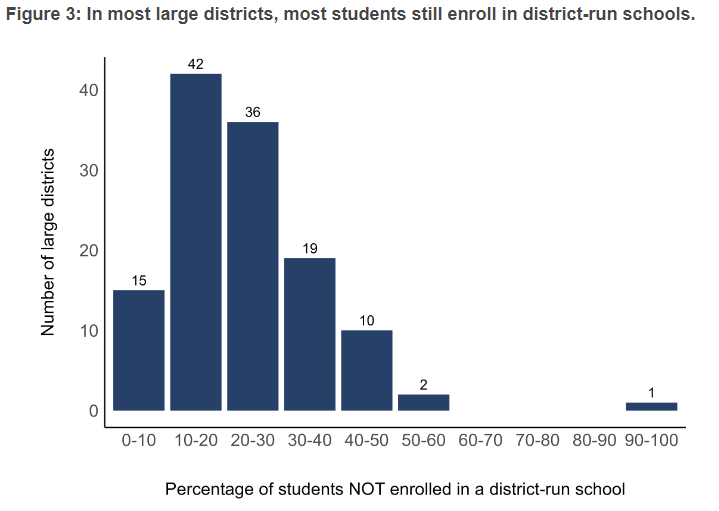Tag: Thomas B. Fordham Institute

Look below the surface of public-school competition
Studies have repeatedly found that competition from charter and private schools drives small but meaningful improvements in public schools’ performance. But most of those studies look at individual states or school districts, so the Thomas B. Fordham Institute has made a laudable effort to gauge competitiveness nationally. The think tank’s... READ MOREThe weirdness and diversity of microschools is a feature, not a bug
If there was any doubt about where microschools currently stand...
READ MOREGet smart fast, vol. 3: Policy failures
Broken Promise? iPromise Academy, LeBron James’s widely publicized foray into...
READ MOREClassical charter school enrollment skyrockets in Texas
Editor’s note: This analysis from Cassidy Syftestad, a doctoral academy...
READ MOREThe wild west and the shaping of the adjacent possible
Aaron Churchill, Ohio research director for the Thomas B. Fordham...
READ MOREFordham Institute report: Rebooting the education reform movement and other topics
Editor’s note: Michael J. Petrilli, president of the Thomas B....
READ MOREStudy finds school choice decreases racial segregation in Ohio classrooms
Editor’s note: This analysis appeared last week on the74million.org. Home...
READ MORESchool choice priorities change at the middle and high school levels
Editor’s note: This article from Jeff Murray, formerly of School...
READ MOREVoucher critics are starting to say the quiet part out loud
Editor’s note: This commentary from Jessica Poiner, senior education policy...
READ MOREThe evolving education reform agenda
Editor’s note: This commentary from Michael J. Petrilli, president of...
READ MORENew research confirms that charter schools drive academic gains for their own students — and for kids in nearby district schools
Editor’s note: This analysis from Michael J. Petrilli, president of...
READ MORE

